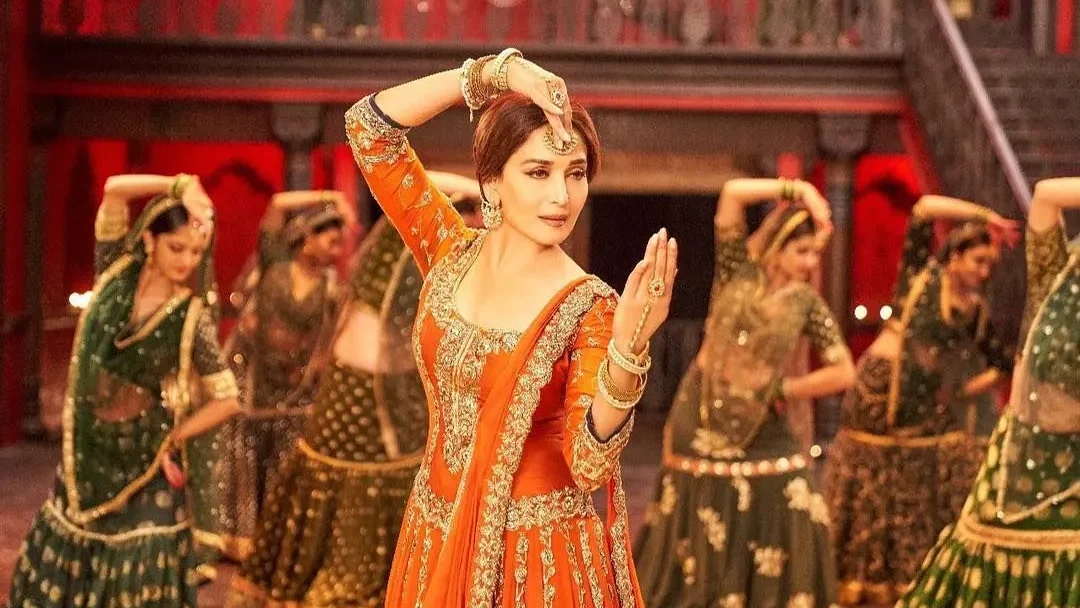
Bollywood, the vibrant tapestry of Indian cinema, has captivated audiences worldwide with its larger-than-life stories, melodramatic plots, and of course, the ubiquitous song-and-dance sequences. While these elaborately choreographed routines are an undeniable part of the Bollywood experience, they’ve also become subject to a persistent stereotype: a homogenized vision of Indian dance that often overshadows the rich diversity of the art form itself.
One of the key factors contributing to this stereotype is the sheer scale of Bollywood productions. Big-budget song sequences often feature a fusion of various dance styles, from classical Indian forms like Bharatanatyam and Odissi to Western styles like hip-hop and contemporary. This melting pot aims to cater to a broad audience and create a visually stunning spectacle. However, it can also lead to a flattening of distinct styles, reducing them to mere aesthetic elements within the narrative rather than showcasing their intricate cultural significance.
Another contributor is the trope of the “item song.” These standalone dance numbers, often featuring a scantily clad actress, are typically inserted into the narrative with little connection to the plot. While these songs can be undeniably catchy and visually captivating, they often reinforce a hyper-sexualized image of Indian dance, neglecting the depth and artistry of the various dance forms practiced in India.
Furthermore, the portrayal of dance in Bollywood is often limited to celebratory occasions. Elaborate routines erupt at weddings, during festivals, or to express romantic love. This focus on joyous moments creates a one-dimensional view of dance, neglecting its role in storytelling, religious ceremonies, and even social commentary.
However, it’s important to acknowledge that Bollywood isn’t a monolith. While the stereotypes mentioned above hold some truth, there are filmmakers and choreographers actively challenging these perceptions. Here are some efforts pushing the boundaries:
- A Return to Roots: A new wave of filmmakers is incorporating classical Indian dance forms more authentically into narratives. Movies like “Black” (2005) and “Devdas” (2002) showcased the power and beauty of Bharatanatyam, while “Guru” (2007) delved into the world of Odissi. These portrayals not only enhance the storytelling but also introduce audiences to the cultural richness of these ancient art forms.
- Beyond Spectacle: Some directors are moving beyond using dance purely as visual spectacle. Movies like “English Vinglish” (2012) and “Mard Ko Padh Le” (2010) use dance as a tool for character development. In these films, the protagonist’s journey of self-discovery is interwoven with their exploration of dance, showcasing its power to heal, empower, and express emotions beyond joy.
- Social Commentary Through Dance: A handful of films have used dance as a platform for social commentary. Movies like “Lakshya” (2004) incorporated powerful folk dances to depict the realities of rural India, while ” सत्याग्रह ( सत्याग्रह )” (2013) used contemporary dance to highlight the Gandhian philosophy of non-violent resistance. These films demonstrate the potential of dance to address social issues and spark conversations.
The future of Bollywood dance holds the promise of breaking free from stereotypes. As filmmakers continue to experiment with storytelling techniques and collaborate with skilled choreographers, audiences can expect to see a more nuanced and diverse portrayal of Indian dance on screen. This evolution will not only enrich the Bollywood experience but also introduce global audiences to the vast and captivating world of Indian dance in all its complexity and beauty.
It’s important to remember that Bollywood dance is not a single entity, but rather a vibrant tapestry woven from the rich threads of various Indian classical and folk styles. By acknowledging the stereotypes and celebrating the efforts to dismantle them, we can move towards a more comprehensive appreciation of Bollywood dance, recognizing it as a powerful storytelling tool and a gateway to the cultural tapestry of India.


